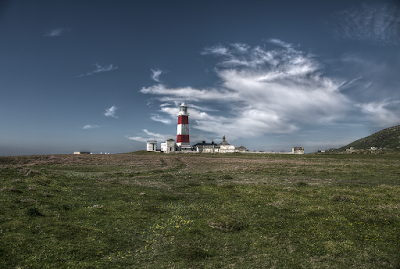 |
| Is it a cowpat? |
 |
| No it's an Oystercatcher chick! |
Today's HDR scenes:
 |
| View across the bay. |
 |
| An arch in the cliff. |
 |
| The lighthouse. |
 |
| Looking down to the south end. |
 |
| Is it a cowpat? |
 |
| No it's an Oystercatcher chick! |
 |
| View across the bay. |
 |
| An arch in the cliff. |
 |
| The lighthouse. |
 |
| Looking down to the south end. |
 |
| Eurasian Oystercatcher, ©Knut Nilsen, via Flickr Creative Commons |
 |
| Oystercatcher painting. |